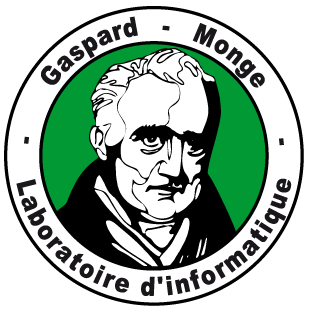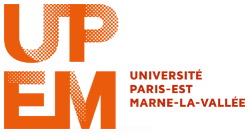ISIPhyNC - Class: distinct-cluster
Definition
A phylogenetic network is distinct-cluster if the sets of leaves below two distinct nodes (called the clusters of those nodes) are always distinct. [reference]Bibliographic references on the Who is who in phylogenetic networks
Relationships with other phylogenetic network classes
Maximum subclasses
-
No class found
Minimum superclasses
-
No class found
Problems
Positive results proved for this class
-
No positive result found
Positive results deduced from superclasses
-
No positive result could be deduced from superclasses.
Negative results proved for this class
-
No negative result found
Negative results deduced from subclasses
-
No negative result could be deduced from subclasses.
Properties
Properties proved for this class
-
No property found
Properties deduced from superclasses
-
No property could be deduced from superclasses.
Properties deduced from subclasses
-
No property could be deduced from subclasses.
Examples of networks
In this class
proved directly:
no network found in this class with a direct proof
Deduced from class inclusions: no network found in this class using class inclusions
Not in this class
Proved directly:
no network found outside this class with a direct proof
Deduced from class inclusions: no network found outside this class using class inclusions
About this website
This website was programmed and is maintained by Philippe Gambette. It was started during the internship of Maxime Morgado at LIGM, in June-July 2015, and also contains contributions made from Narges Tavassoli from November 2016 to January 2017.
Please contact Philippe Gambette if you have any suggestions about this website, especially about problems, properties, results or subclasses to add.
How to cite
P. Gambette, M. Morgado, N. Tavassoli & M. Weller (2018) ISIPhyNC, an Information System on Inclusions of Phylogenetic Network Classes, manuscript in preparation.
Database content
73 classes of phylogenetic networks including 35 classes of binary phylogenetic networks (defined in a total of 20 bibliographic references), 51 inclusion relationships proved directly between classes (including some found in a total of 9 bibliographic references), 24 networks (68 memberships to a class, 56 non-memberships to a class), 3 problems considered, 3 properties considered, 37 theorems proved directly (including some found in a total of 17 bibliographic references) including 26 positive results (which can be extended to subclasses) and 11 negative results (which can be extended to superclasses).

